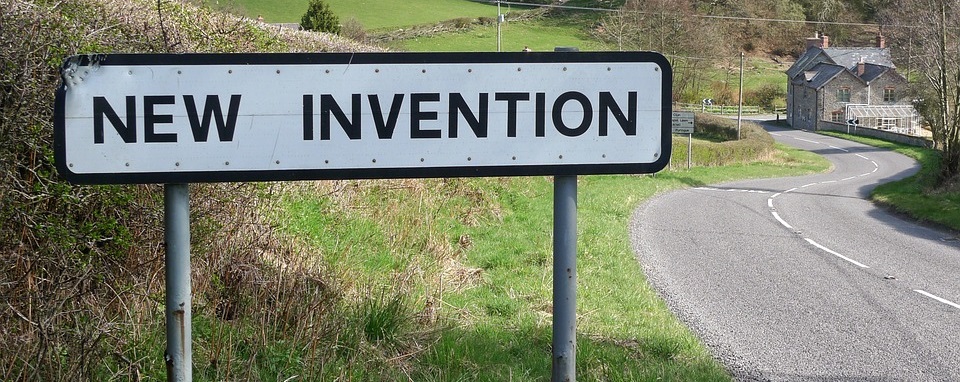
The first edition of the REsilience Awards was a resounding success. This was not just because of the extremely high quality of the ideas submitted; or because Ferrovial’s Innovation Department was with us, contributing generously and wisely every step of the way, based on its own Zuritanken experience; or because the participants were motivated by the prizes available…Success came about principally because the competition provided an open map until then unheard of, which motivated us to grow collectively, leaving aside our usual inertia. “Zero intentionality” as described by Jean Duvignaud was put to one side to be replaced by “instant revelations” which would, through a process of osmosis, take up divergent positions of one sign or another on the periphery.
The REsilience competition proved to be a great opportunity, a strong experience of otherness towards innovation with the participation of all the users of a common physical space: those who interact on a daily basis, from teachers to learners, from the commonplace to the exceptional, from the rational to the emotional, sharing this space offered by the Institute of Technology of the CEU San Pablo University. A community committed to improving, creating relationships which are often contradictory, and almost always unexpected, in order to achieve this. Over 1000 people from different educational backgrounds, of different ages and interests, with different ways of managing time and disparate demands for adapting to difficulties, all of them brought together to a shared event, crowdsourcing on the borders of innovation.
Because something new happens when the normal routine of things, those insignificant daily chores that shape the ordinary, come up against the misery of what is predictable, common or usual, the need to create the unexpected, the unusual, something unique. With innovation we embark on this rapid path to ask ourselves on the need for chance, and the chance of what is necessary, in order to dignify so many unsatisfied entities that exist, nameless, in three possible ways of living, chosen amongst many other possible ways of being alive and going unnoticed. In no particular order, three ways of influencing pre-existing environments are described below, with the purpose of providing an active perspective. Three pathways, embedded in unfinished cycles, which question the presence in time of what is tangible, and justify a competition such as REsilience.
The three ways of life
The predictable living…
In Robert Penn Warren’s book, All the Kings’ Men (1946), Louisiana State Governor Willie Stark says to his colleague Jack Burden, in an attempt to justify his behaviour:
“It is an arrangement founded in the nature of things”.
The ordinary is the expected succession of ideas and events in the natural order of things. Possession is a practical asset, a means to satisfy other vital needs and receive the extraordinary as a prize to distinguish it from banality, duplicate realities, parallel coincidences, simultaneous circumstances, multiple states of being. The statistical normality of things unknowingly enfolds the individual in his/her endeavour to be identified with history.
The frequent living…
Naturalist and preacher J.G. Wood wrote the book Homes without Hands in 1874. A description of the dwelling places of animals according to their constructive principles, where classification is done not on the basis of how the inhabitants live, but rather according to their building techniques. Defending oneself from the hostile through the laws of adaptation. Domestication of symbols to achieve elemental wisdom, a return to the pre-conscious state of building. Geometry is the language of the mind. A difficult balance between the home and the nomadic instinct, [between] the museum of which A. Malraux talks, of everything I saw and loved in life. Suggesting a rapprochement to the relationship established over time between people and the land or place they inhabit is nothing other than defining recurrent variables, man’s daily journey through the current state of things. Currently competing with computers working with 8-bit processors for the impossible-to-achieve control of multiuniverses, the innovator, in that persistent effort where our mistakes make us what we really are, is nothing but a collector of non-existent streets.
It is necessary to react to this, so that “frequent living” is reconsidered for innovation by means of Applied Knowledge.
The usual living…
The indefinable Julio Cortázar wrote in his book Cronopios and Famas (1962):
“…And it’s not that it’s so bad that things meet us every day and are the same… Punish the eyes looking at that which passes in the sky and cunningly accept that its name is cloud, the answer catalogued in the mind… The street, where the faces will come to life when I look at them… and stake my life while I press forward step by step to go pick up the newspaper at the corner…”
What is usual for us takes on an extraordinary dimension if the perspective from which you look at it changes, even without you knowing it, if you change just that one gesture a thousand times repeated. The reconstructed spaces of the natural logic of things, freed from objectivity, take on unexpected forms, disparate associations in the mind; apparently normal scenes acquire unique values in a sort of never-ending game where exception tries to take leave of the norm and individuals leave convention behind to take on surprise.
It is necessary to react to this, and so “usual living” must be transformed for innovation by handling Complex Information.
To use terminology borrowed from engineer Richard Stein, our celebrated REsilience competition concentrated a high content of production-embodied energy in its development and processes, where it was possible to identify large doses of Critical Thinking, Applied Knowledge and Complex Information, thus countering the three forms of living described above: the predictable, the frequent and the usual.
The REsilience INNOVATION AWARDS-2015 EDITION
The REsilience INNOVATION AWARDS-2015 EDITION, on the topic “EPSmart”, was announced by the Architectural Innovation Workshop (TIA – Spanish acronym for Taller de Innovación Arquitectónica) of the Institute of Technology (EPS) of the CEU San Pablo University, with Ferrovial as sponsor. It posed the following challenge:
“EPS (Institute of Technology) means: available building designed to meet the needs of its users.
EPSmart means: innovative space built on the basis of input from user experiences.
The only difference between the two definitions is a question of attitude, the collective will to react in a determined manner in the face of difficulty, identifying opportunities. REsilience requires your participation and interaction within a building which is common to all.
New creative ways of understanding the time we share for work and for learning.
New smart ways of taking advantage of routines, without settling for the usual.
New inclusive ways of managing the information generated by our behavioural habits.
New and exciting ways of implementing motivation for detail.
And, above all, new lateral ways of engaging in continuous improvement of a plural identity.
For all these reasons, REsilience is something we must make happen.”
As is the case with this article and the REsilience competition, reality is rebuilt from fragments despite everyday stories. Benchmark quotations to be unravelled from the inertia of the mind, seeking to give us new meanings, where the innovation project must conjure up a meeting place, not only with objects but as a continuum in open processes; instructions based on ways of working which invite participation of the extraordinary at all times, while focusing on everyday actions. Creating extraordinary possibilities under normal conditions, innovation provides answers to everyday problems with unexpected observations, extracting intelligent irony from subsistence stereotypes. The REsilience competition started with high hopes and is now here to stay, as, in the words of writer Luis Landero, having dried the paths and done away with all pretenses, the true object of our attention emerges.




There are no comments yet